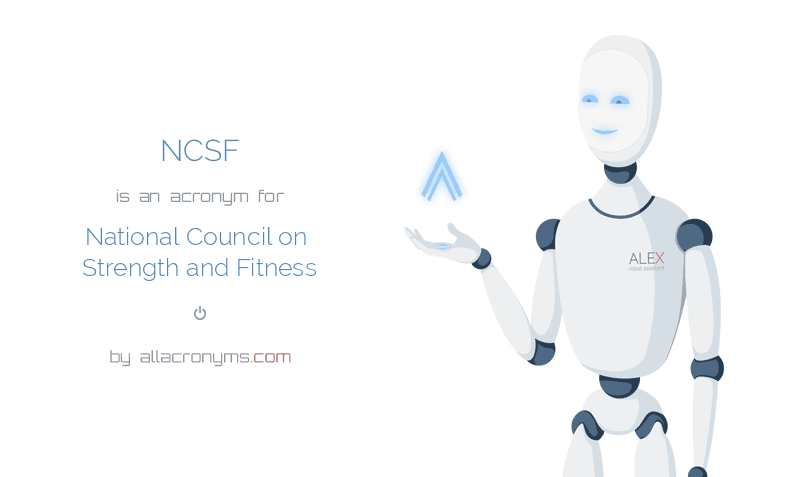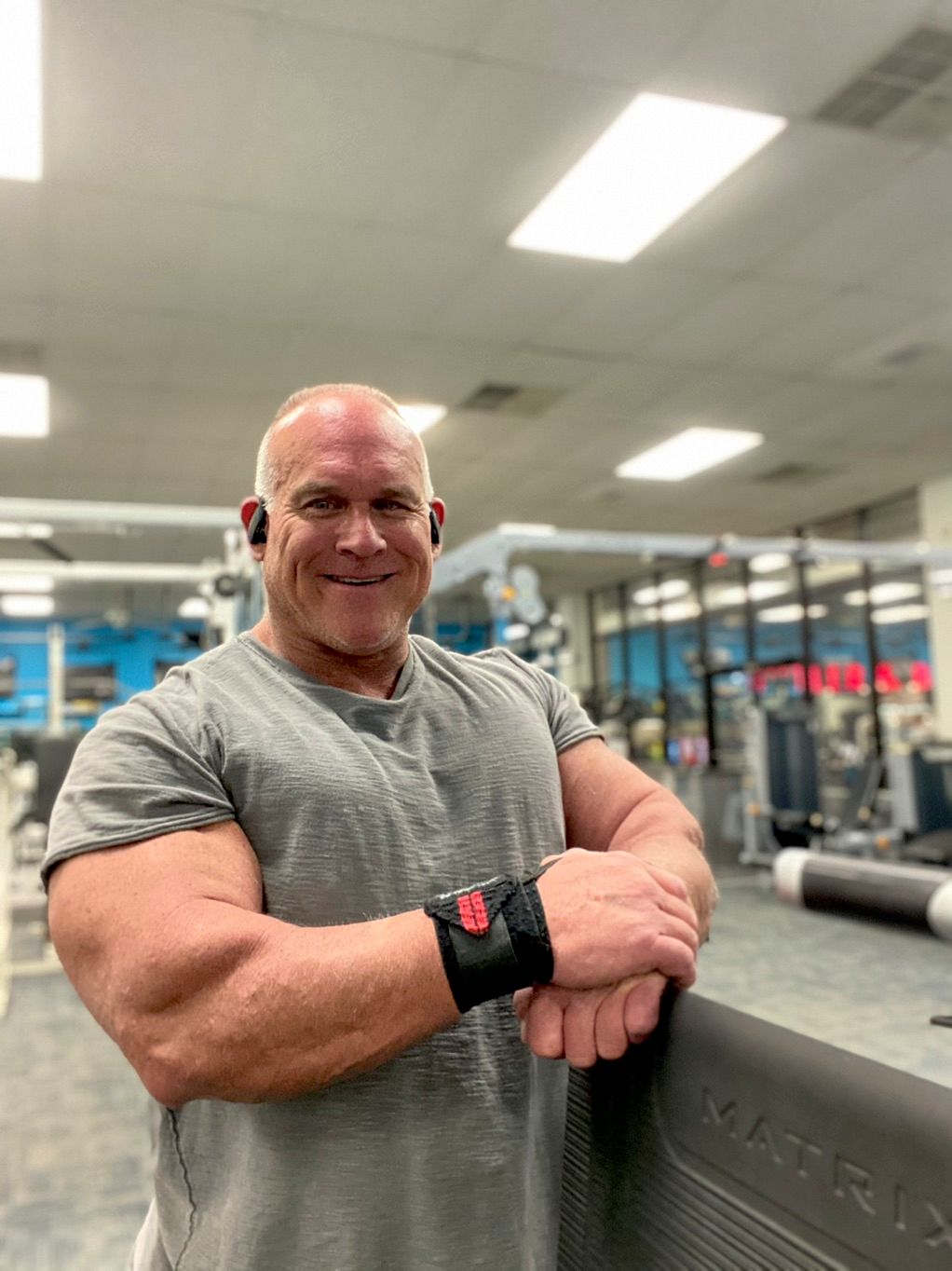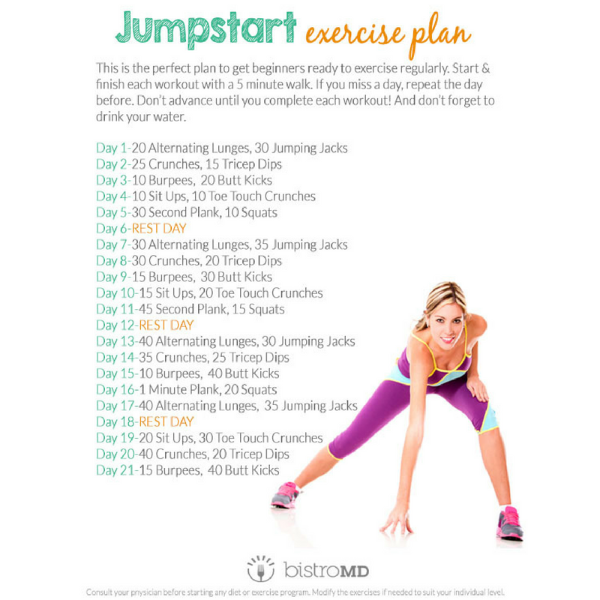
To become a coach, one must first complete a training course and then pass a certification test. The certification test assesses a person's ability to understand human physiology and how to exercise. To maintain certification, some certifications require ongoing education. Fitness coaches' education requirements vary by country and state.
Goal-setting matrix for fitness coach education
The Goal-setting Matrix is a powerful and practical tool that can help you set goals for your clients and track them. It can be used to motivate clients by creating meaningful workouts. Clients' interests and needs should be considered when setting goals. For example, a client training for a half-marathon would be unlikely to benefit from heavy resistance training. For endurance and strength, clients may benefit from a more progressive running programme. The client should create goals, and they should have enough personal meaning for the client to motivate them.
Information for coaches in fitness
To be a successful trainer, you must continue your education. This will help you keep your services current and relevant. It will also establish your reputation as an expert in the niche you are working in. This can be done with many resources, including mentorship and online courses. Mentorship can help you avoid making mistakes and offer a fresh outlook on difficult situations.

The American Council on Exercise provides a variety training resources that can be used by trainers or fitness experts. They are easy to use and can be understood by clients at their level.
Certificates
There are many options for fitness trainers. You have the option of ACE, NASM, and NSCA certifications. These certifications can be recognized by the entire fitness industry and are highly respected by potential employers. These organizations offer valuable experience and allow you the opportunity to specialize your training.
These certifications all have different requirements. Some certifications require you have a high-school diploma and CPR certificate. Other workshops are available online or in person. Many certification programs provide self-study materials and guides. These programs may last for anywhere from four to six months.
Fitness coach certification requires continuing education
The benefits of continuing education are numerous in the fitness sector. For one, it adds diversity to your portfolio and gives you a competitive edge over other fitness professionals. Secondly, it helps you maintain your certification by improving your training skills. The NFPT provides many affordable and convenient options for continuing your education.

You can take many online courses that are beneficial to fitness professionals. You can earn continuing education credits from the internet and avoid travel expenses and time away from clients. Some of these courses are even 100% online.
Career opportunities for fitness coaches
There are a wide variety of career opportunities available for fitness coaches. These positions offer flexibility and are less demanding than regular work hours. Sport organizations and government-run establishments are always looking for qualified fitness coaches. Teachers are also possible for those who have a higher education. These positions have a range of educational requirements and are available in a variety of job types.
Fitness consultants work with individuals or groups, assessing their fitness levels and prescribing workout plans. They offer nutritional advice and meal plans as well as guidance for how to prevent injury. Some fitness consultants are also available to assist the elderly and those with disabilities. Nutrition assistants, on the other hand, use their expert knowledge of food to design and prepare meal plans.
FAQ
How can exercise and nutrition help you live a healthier life?
Exercise helps you to stay healthy, lose weight, gain muscle mass, and reduce stress. Nutrition is critical for energy and mood. For a longer life expectancy, reduce your intake of meat and alcohol, smoke less, and exercise regularly.
What Are Cardio Exercises?
Cardiovascular exercises are those that require your heart and lungs to work harder than normal. You can do this by running, swimming, biking, rowing and bicycling. These activities burn fat and raise your metabolism. These activities can help you keep fit and strengthen your heart.
Can I exercise after eating?
It all depends on the type of exercise that you are doing. Avoid doing strenuous activity after eating, as it can cause stomach cramps. Light aerobic activities such brisk biking and walking are better.
Why is physical fitness important for your health?
For our health, physical fitness is vital. To maintain our strength, flexibility and weight, as well as our cardiovascular system, we must exercise regularly. Exercise improves sleep quality, helps with stress management, increases energy and boosts self-esteem.
What should I eat before I work out?
No. It's not necessary to eat anything before you work out. You might be hungry after a workout, so you may want to snack on fruit or yogurt.
Is it possible to be too thin?
Yes! Both being underweight or suffering from an eating disorder is unhealthy. It's normal to be a little heavier than you should be. A person may feel tired, weak, dizzy or experience other symptoms that might indicate they are underweight.
Statistics
- One study showed that adults who watch more than 4 hours of television daily had an 80% higher risk of death from cardiovascular disease. (heart.org)
- In 2018, the World Health Assembly agreed on a global target to reduce physical inactivity by 15% by 2030 and align with the Sustainable Development Goals. (who.int)
- In high-income countries, 26% of men and 35% of women were insufficiently physically active, as compared to 12% of men and 24% of women in low-income countries. (who.int)
- According to the Centers for Disease Control and Prevention, chronic diseases cause 7 out of 10 deaths in the U.S., and treating chronic diseases accounts for 86% of U.S. healthcare costs. (mana.md)
External Links
How To
How to stay fit at 40
This article helps those over 40 to keep their body strong and healthy. It covers some basic advice on how to eat right, exercise, sleep well and take care of your mental health. This article offers tips for living longer and more healthy lives.
-
Eat Right - The first thing you should do when trying to stay fit is to ensure you're eating the right foods. You should avoid processed food products. Instead, eat whole foods, fruits, vegetables. Don't be afraid to change your diet if the food you are eating is not what you prefer. Do not starve yourself, this will not help with weight loss. Instead, add small amounts more variety to your daily menu. If you eat chicken breast most of the time, try turkey one week. Or if you love pasta, try rice occasionally. These foods should be a part of your daily life.
-
Exercise - When exercising, make sure you work out at least three times a week. Ensure you include cardio activities such as walking, running, swimming, biking, dancing, etc. You should also ensure you get enough sleep. It is recommended to get 8 hours of sleep each night. It is important to drink enough water throughout each day. Drink 2 liters (0.5 gallon) of water each day.
-
Get enough sleep to stay healthy. The National Sleep Foundation states that adults need 7-8 hours sleep per night to be in good physical and mental health. Most people only get 6 hours sleep per night. Changes in your sleeping habits can make you more tired. By changing your sleeping time, you will be able to catch up more sleep. You can also turn off your smartphone before you go to sleep so you can relax and wind down. Avoid caffeine after noon. It can cause insomnia.
-
Take care of your mental well-being - It's important to take good care your mind and keep your body in tip top shape. Stress can lead to unhealthy eating habits, poor lifestyle choices, and poor sleep habits. Stress management techniques such meditation, yoga and breathing exercises are important. You should spend at least one hour each day doing something that you find enjoyable. You could go for a walk, play sports, read a book, listen to music, or watch TV.
These four simple steps will help you live a longer, healthier life. These simple steps will help you achieve your fitness goals.